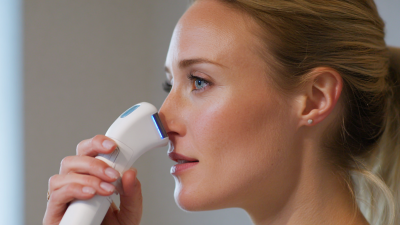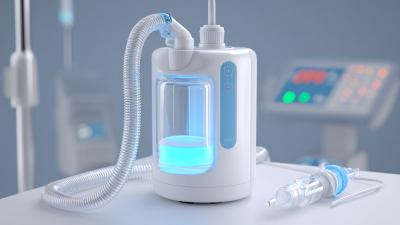In the quest for improved diagnostic outcomes in respiratory health, the optimization of sputum extraction processes has become increasingly crucial. The traditional methods of sputum collection often face challenges such as low yield and contamination, which can hinder accurate diagnosis. Enter the Handheld Sputum Extractor, a groundbreaking tool designed to streamline sputum collection with enhanced efficiency and user-friendliness. This innovative technology not only simplifies the extraction process but also significantly improves sample quality, making it easier for healthcare providers to obtain reliable diagnostic results. By leveraging the benefits of handheld technology, practitioners can ensure a more effective sputum collection, ultimately leading to better management of respiratory conditions. In this article, we will explore how to effectively utilize the Handheld Sputum Extractor to enhance your sputum extraction process, ensuring optimal results and improved patient outcomes.
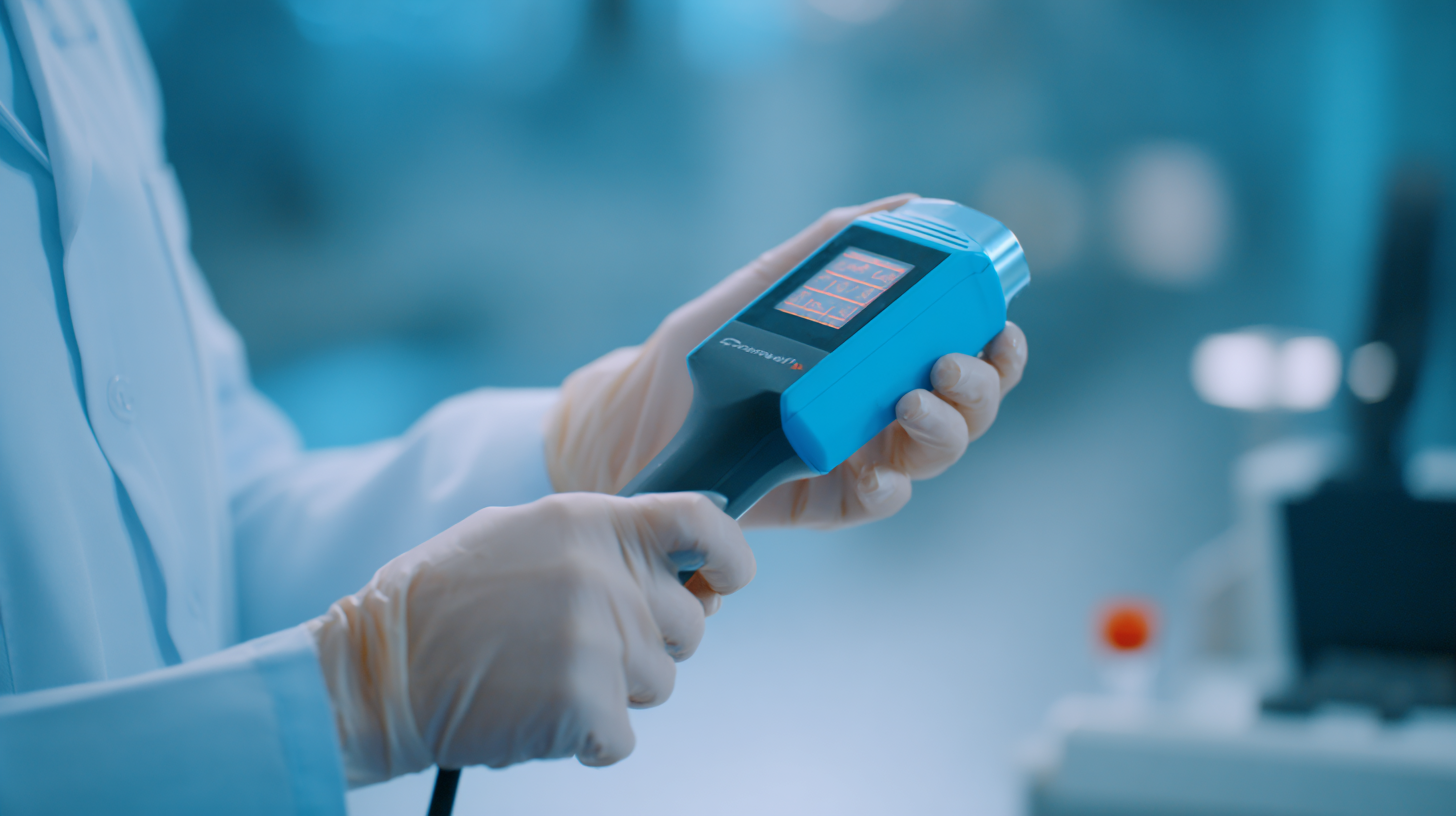
Handheld technology is revolutionizing the sputum extraction process, especially in areas where traditional methods are less accessible. By integrating mobile applications and portable equipment, healthcare providers can streamline the collection and analysis of sputum samples, enhancing diagnostic efficiency. The recent initiative in rural India, where mobile digital x-ray units are used to detect pulmonary tuberculosis, serves as a valuable example of how such technology can be implemented effectively. This approach not only increases access to diagnostic services but also reduces waiting times and improves patient outcomes.
To optimize the implementation of handheld technology in sputum extraction, consider the following tips:
- **Training Healthcare Professionals**: Ensure that all staff members involved in the sputum collection process are thoroughly trained in using handheld devices. This will minimize errors and enhance the reliability of the diagnostic results.
- **User-Friendly Interfaces**: Choose devices with intuitive interfaces to facilitate ease of use. The simpler the technology, the more likely it will be adopted by medical personnel in various settings.
By employing these strategies, healthcare facilities can leverage handheld technology not just to improve sputum extraction processes, but also to contribute significantly to early and accurate diagnoses, ultimately leading to better health outcomes.
Handheld devices have revolutionized the process of sputum collection, making it more efficient and effective for diagnostic purposes. One of the key features that enhances sputum collection efficiency is the ergonomic design of these devices. Designed for ease of use, they allow healthcare providers to guide patients in a comfortable and supportive manner, reducing the chances of improper sample collection. The intuitive interface often includes visual aids to help patients understand how to produce adequate sputum volume, which is crucial for accurate testing.
Another significant feature of handheld technology is its capability to incorporate real-time monitoring and feedback systems. These devices often come equipped with sensors that can assess sample quality as it is being collected, alerting healthcare professionals to any issues immediately. This not only improves the quality of the samples but also accelerates the diagnostic process, leading to faster patient evaluations. Moreover, with built-in integration features, these devices can directly upload data to electronic health records, streamlining the workflow and facilitating better patient management.
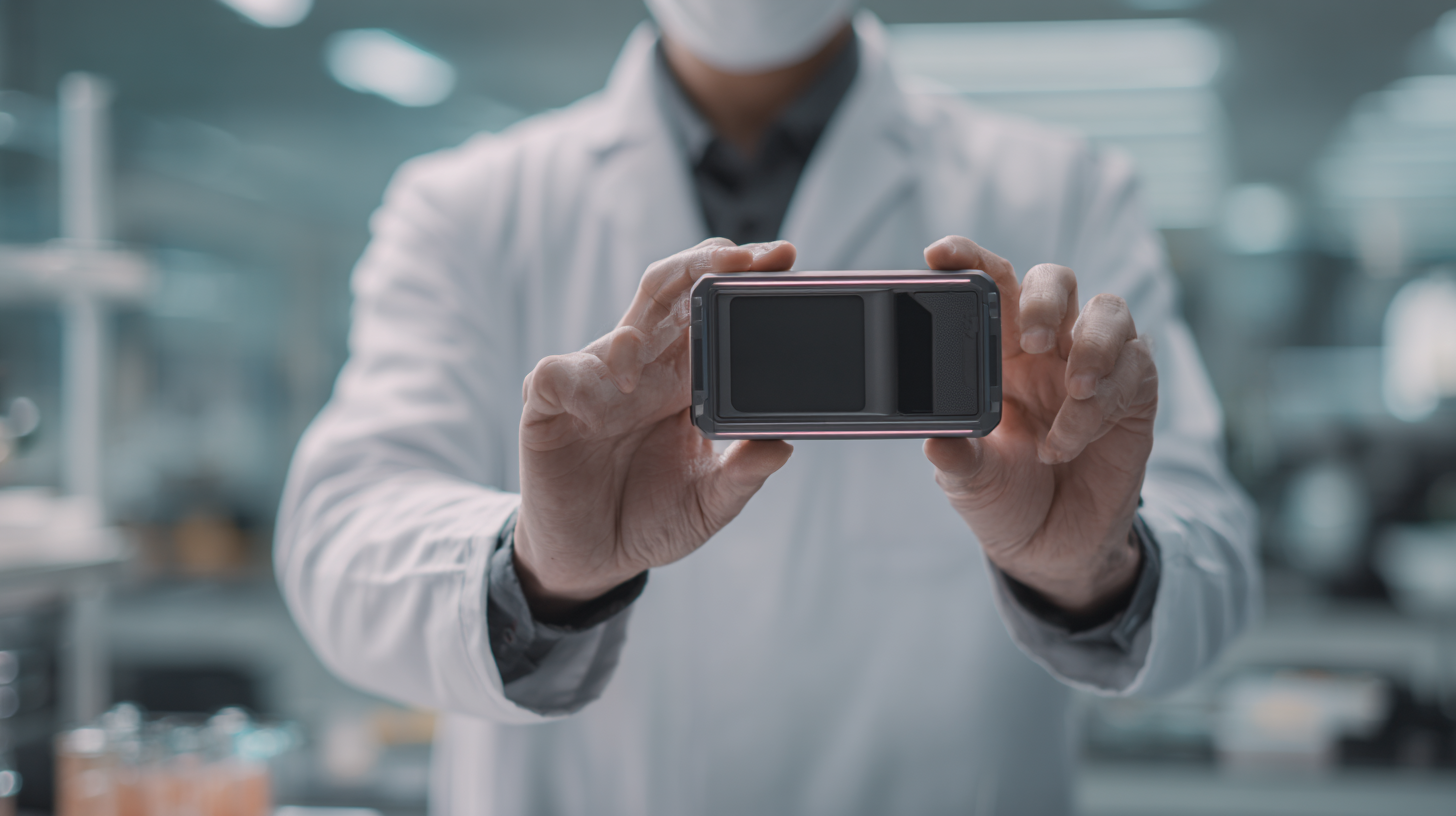
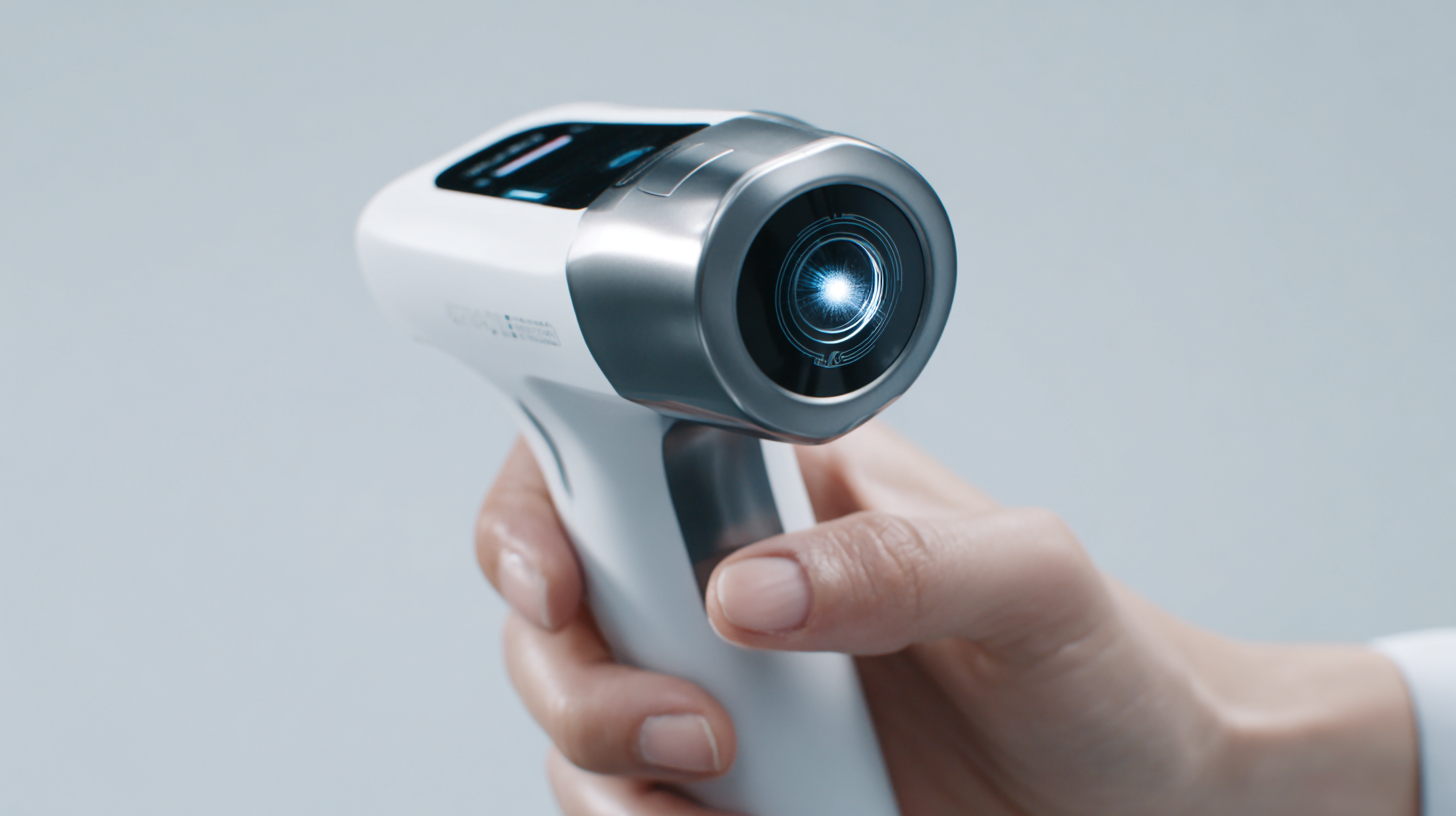 Proper training of healthcare professionals is essential for optimizing the sputum extraction process using handheld technology. Firstly, it is crucial to provide comprehensive training sessions that incorporate both theoretical knowledge and practical applications. Understanding the anatomy of the respiratory system, the importance of proper sample collection, and the technical aspects of the handheld devices will equip healthcare workers with the skills necessary for efficient sputum extraction. Engaging training modules that include simulations and demonstrations can enhance learning and facilitate better retention of information.
Proper training of healthcare professionals is essential for optimizing the sputum extraction process using handheld technology. Firstly, it is crucial to provide comprehensive training sessions that incorporate both theoretical knowledge and practical applications. Understanding the anatomy of the respiratory system, the importance of proper sample collection, and the technical aspects of the handheld devices will equip healthcare workers with the skills necessary for efficient sputum extraction. Engaging training modules that include simulations and demonstrations can enhance learning and facilitate better retention of information.
Moreover, ongoing support and feedback mechanisms should be established to ensure healthcare professionals feel confident in their skills. Regular refresher courses and updates on the latest technologies will keep the staff informed and prepared. Encouraging collaboration and sharing best practices among peers can further enhance the learning experience, fostering a culture of continuous improvement. This focus on comprehensive training not only enhances diagnostic outcomes but also improves patient care by ensuring that sputum samples are collected accurately and effectively.
In the pursuit of accurate diagnostics in respiratory medicine, the quality of sputum samples is paramount. Innovative techniques have emerged to enhance sputum sample quality, leveraging handheld technology to streamline the extraction process. By using portable devices equipped with advanced filtration and collection systems, healthcare providers can ensure that the samples collected are less contaminated and representative of the patient's respiratory condition. This technology allows for real-time monitoring of sample quality, enabling clinicians to make immediate adjustments if necessary.
Furthermore, integrating machine learning algorithms with handheld devices can significantly improve the assessment of sputum samples. These algorithms can analyze various parameters such as viscosity, cellularity, and microbial load, providing a comprehensive overview of sample integrity. This data-driven approach not only aids in ensuring high-quality sputum but also aids in diagnosing respiratory diseases more effectively. As more healthcare facilities adopt these innovative handheld technologies, they will pave the way for better diagnostic outcomes and improved patient care.
Optimizing the sputum extraction process is crucial for improving diagnostic outcomes, especially in respiratory diseases. The use of handheld technology has revolutionized this process, making it more efficient and effective. By integrating portable devices capable of analyzing sputum samples on-site, healthcare professionals can rapidly assess the quality and quantity of samples collected. This immediate analysis helps ensure that only high-quality specimens are sent for further testing, increasing the likelihood of accurate diagnoses.
Moreover, the real-time feedback provided by these technologies allows for adjustments in technique during the extraction process. Healthcare providers can receive instant notifications on sample adequacy, leading to better collection practices and reduced contamination rates. As a result, diagnostic outcomes are notably improved, as clinicians can make more informed decisions based on reliable and precise sputum analyses. This enhancement not only streamlines the diagnostic pathway but also increases the overall efficiency of patient care in respiratory diagnostics.
| Patient ID | Extraction Date | Handheld Device Used | Sample Quality (1-5) | Diagnostic Results | Follow-up Recommendation |
|---|---|---|---|---|---|
| 001 | 2023-03-15 | Device A | 4 | Positive for TB | Start treatment |
| 002 | 2023-04-20 | Device B | 5 | Negative | Routine check-up |
| 003 | 2023-05-10 | Device A | 3 | Indeterminate | Retest in 2 weeks |
| 004 | 2023-06-05 | Device C | 5 | Positive for Pneumonia | Immediate treatment |
| 005 | 2023-07-15 | Device B | 4 | Negative | Standard follow-up |
